
August started how July ended – with a few birds spending their summer in an extremely hot Shanghai.
Among them, a Purple Heron alternating between being proudly exposed …



… and hiding to the point of being almost invisible.


Or finding a dead fish but deciding it is too big or too smelly to eat …

… making the bird shiver in disgust.

For Yellow Bitterns, hiding seems to be the only option available.

A paper on the Yellow Bittern in Japan has some interesting facts related to this: “It is well known that Yellow Bitterns adopt a so-called ‘bittern posture’ where they stand erect with the bill upright to mimic a reed when they are on the alert for approaching predators and humans. It is certainly difficult to detect them when they assume this posture. Yellow Bitterns that have adopted this posture do not run away even if people come considerably close to them probably because they have ‘absolute confidence ?’ in their own mimicry. They can be captured by hand”

On Guam, the Yellow Bittern can be a problem for aviation – in February 1998, a Bittern was struck by an aircraft approximately every 50 flights (source).

The canals inhabited by these bitterns and herons are also being patrolled by Whiskered Terns.
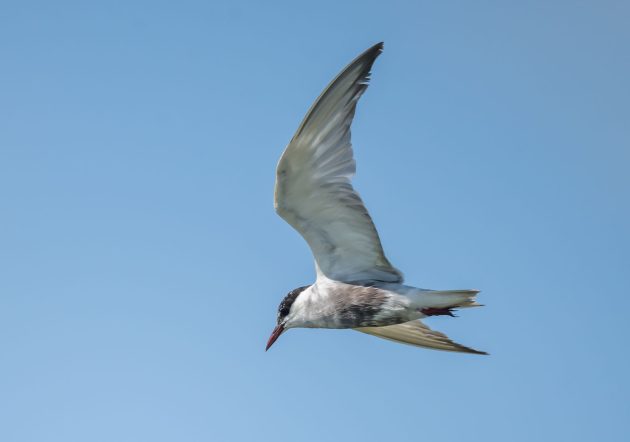
On the plus side for male terns, the females tend to be faithful to their male partners (source).

On the negative side, female Whiskered Terns tend to leave the care of their chicks to the males.

A study conducted in Japan found that farmers ignore the existence of Grey-headed Lapwings. Most likely, this also applies to the Chinese farmers on Chongming Island.

As a consequence, farming is responsible for a large share of failed nesting attempts (43% of breeding attempts failed due to farming practices, according to one study).

The Grey-headed Lapwings practice group defense of their nests – it is effective against crows and raptors (source) but presumably not against farmers.

“International Journal of Bonorowo Wetlands” sounds like a slightly too specific journal title to me but there is a paper in there on how the Lesser Coucal may fare in West Java wetlands as climate change continues (not that badly, it seems).

The range map of the Lesser Coucal is probably a bit off – it shows Shanghai as completely outside of the range, which is wrong. I think it is a summer breeder, I have not seen it in Shanghai in mid-winter.

I forgot who recently told me that the Black-winged Stilt is her favorite bird, but I can understand her choice.
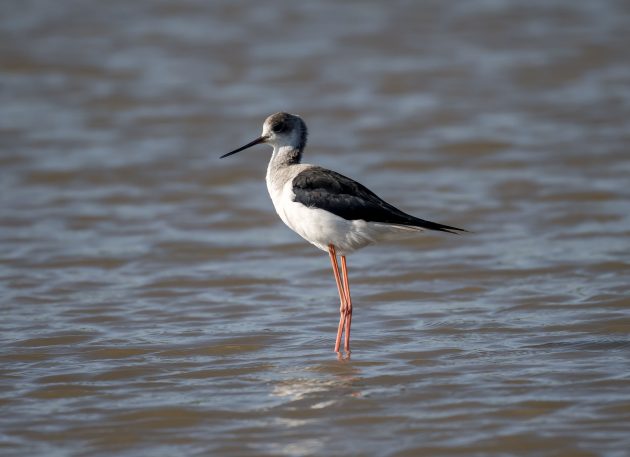
The Mandarin Chinese name for the species is more precise than the English one – Heichì cháng jiaoyù means Black-winged Long-legged Sandpiper.

Here are two more rather stylish-looking bird species: Pied Avocet …



… and Black-winged Kite.


Juvenile Chinese Blackbirds look almost as stupid as human children.


Black Drongos breed in Shanghai.

Presumably, this is the subspecies Dicrurus macrocercus cathoecus, though I have absolutely no idea why it deserves the name cathoecus (“dwelling below”).

At least the Little Ringed Plover is indeed little, and the eye is ringed, though this is less visible in juveniles.
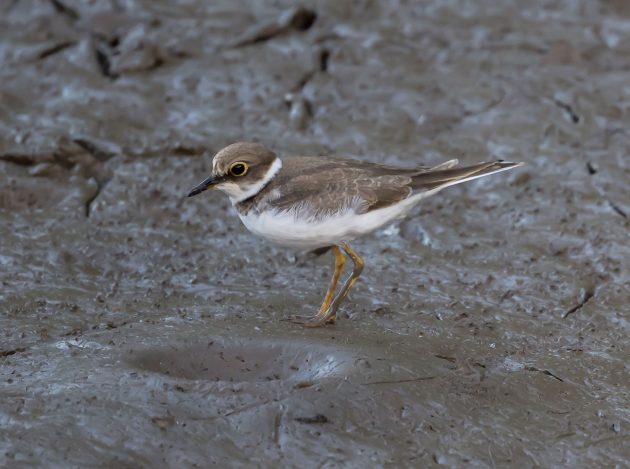

In Europe, the species benefits from river restoration (source).


My guess is that what I saw at Fengxian was a Pin-tailed Snipe. However, I am far from sure.

An old blog post advises to “Keep Calm and Study Snipes!”, but I doubt that is for me.

It focuses on the distinction between Pin-tailed Snipe and Swinhoe’s Snipe, something that other papers admit is difficult: “Differences between Pintail Snipe Gallinago stenura and Swinhoe’s Snipe G. megala have been overstated in past literature.”

Same uncertainty for this cuckoo – Himalayan Cuckoo, I guess, but mainly based on the differences in distribution, juvenile Oriental Cuckoos should not be common this far South.

How I know it is a juvenile? The bird started telling me how great Taylor Swift is … (I hope somebody appreciates my dad jokes)

More cuckoos elsewhere.

Even cuckoo trees.

Brown Shrikes are usually the first passerines one sees during migration – so it was this time.

Not migrating: Reed Parrotbills.


Sharing the reed habitat with somewhat plainer birds: Plain Prinia (yes, very low-budget joke).

And a Common Kingfisher pretending to be in jail.

Unfortunately, with Clare no longer reporting on the birds of Broome, I no longer know about the status of the Oriental Dollarbird in Australia.
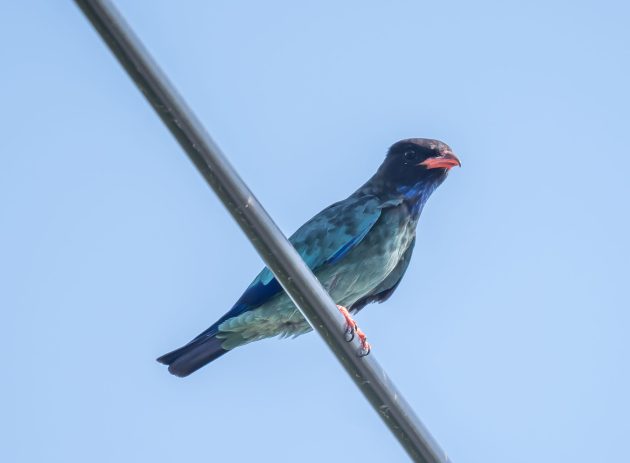
But at least on Chongming Island they were fairly visible in August.

Numbers of the Eurasian Hoopoe are declining rapidly in Central Europe but it is still common at Nanhui.
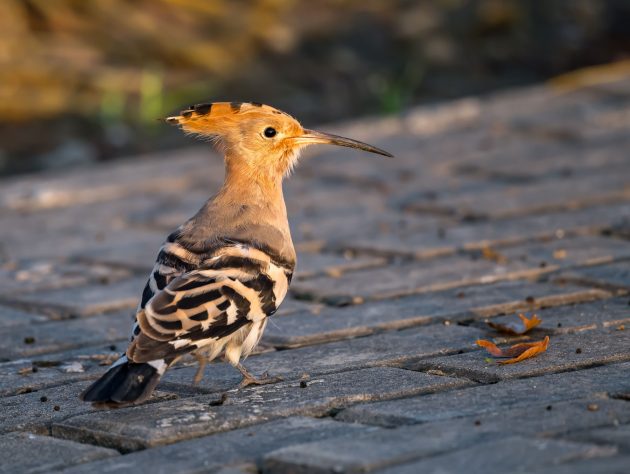
Those individuals practicing more cannibalism are more successful at raising chicks – essentially, the younger chicks serve as living food storage for the older ones. Keeps the meat fresh …

To quote from the source directly: “Hoopoes primarily eat insects … so their long, curved bills aren’t ideal for killing and eating chicks. That might be why mother hoopoes often grab the unlucky chick and shove it into the mouth of an older chick, which swallows it whole.”

During one breeding season, a pair of Common Kestrels including the nestlings captures about 520 prey items (mostly rodents). Useful birds (source).

These photos probably show a juvenile, as the juveniles have lighter feet and legs than adult females.

Some of the more recent scientific articles now include what they call Graphical Abstracts. Here is an example from a paper on the Common Kestrel (Laura Giovanetti, Silvia Casini, Tommaso Campani, Ilaria Caliani, State of the art, gaps and future perspectives on common kestrel ecotoxicology, Environmental Toxicology and Pharmacology, Volume 102, 2023, 104237, ISSN 1382-6689, https://doi.org/10.1016/j.etap.2023.104237. (https://www.sciencedirect.com/science/article/pii/S1382668923001795)

Frankly, I am not sure such a graphical abstract helps much. But it seems to show that the management consultants have won …
The scientific name of the Long-tailed Shrike, Lanius schach, supposedly is derived from the A–Scack calls of the bird. It was coined by Pehr Osbeck in 1757, supposedly based on a Chinese name for this bird – though the name commonly used in China, zongbei bolao (“Brown-backed Shrike”) does not sound like that at all.

And then, finally, proper autumn migration arrived, allowing me to show a few birds that just made the cutoff date for this post:
Yellow-rumped Flycatcher
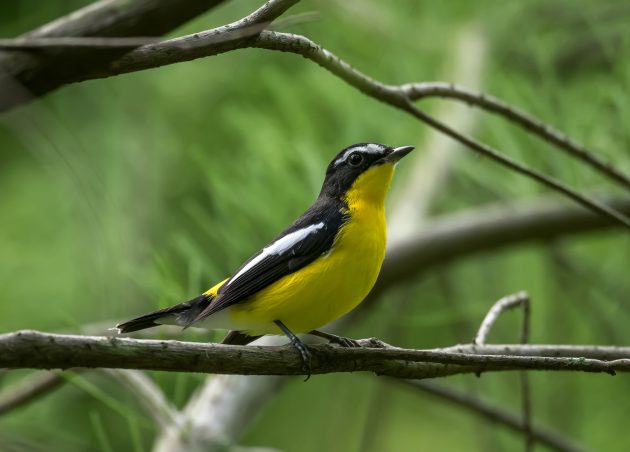
Siberian Blue Robin

Eastern Crowned Warbler

Black Paradise Flycatcher

Tiger Shrike

Eastern Marsh Harrier

Those who do not like pittas can stop reading this post now. For the others, here is a Fairy Pitta seen at Nanhui on August 30.





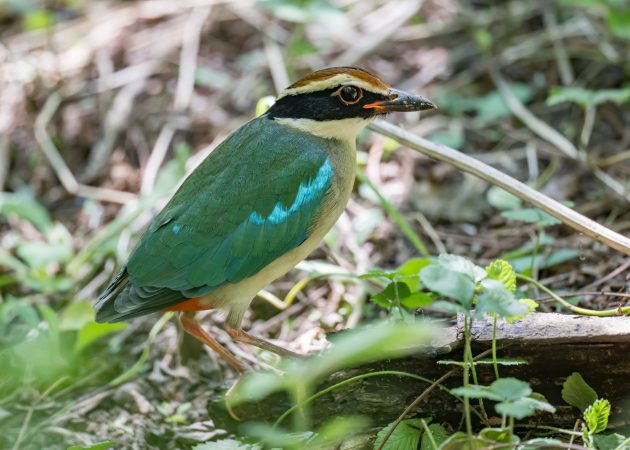



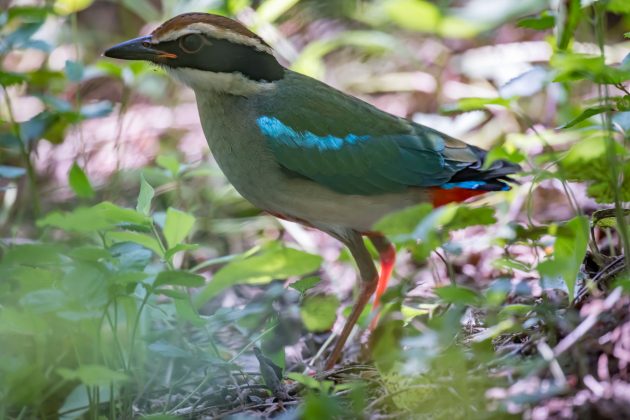













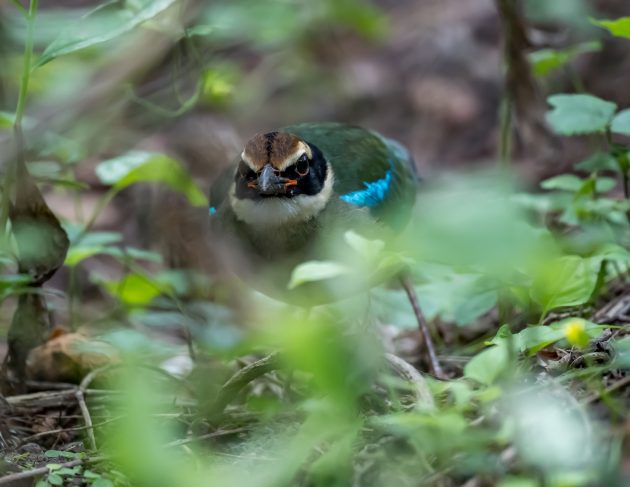














The Papiamento name for Black-winged stilt is “Makamba which is also the name for red-legged sunburned Durchmen on the Antilles… And of course, pitta envy continues.
Juvenile Chinese Blackbirds look almost as stupid as human children.”
Hmmm, and what age group of human children are you referring too? And why pick on children when there are so many stupid adult politicians out there!
Positively phenomenal picturesque Pita pictures. Thanks for sharing them.
August in Shanghai is clearly a lot more exciting than August here in Suffolk. I’m envious.
Wishing I was there again… but hopefully soon ?? great read yet again and awesome imagery as always
@James Wilson: one of my favourite quotes “everybody is stupid sometimes”, but you will find that teenagers are very consistent in their inconsistency (the brain gets rewired).